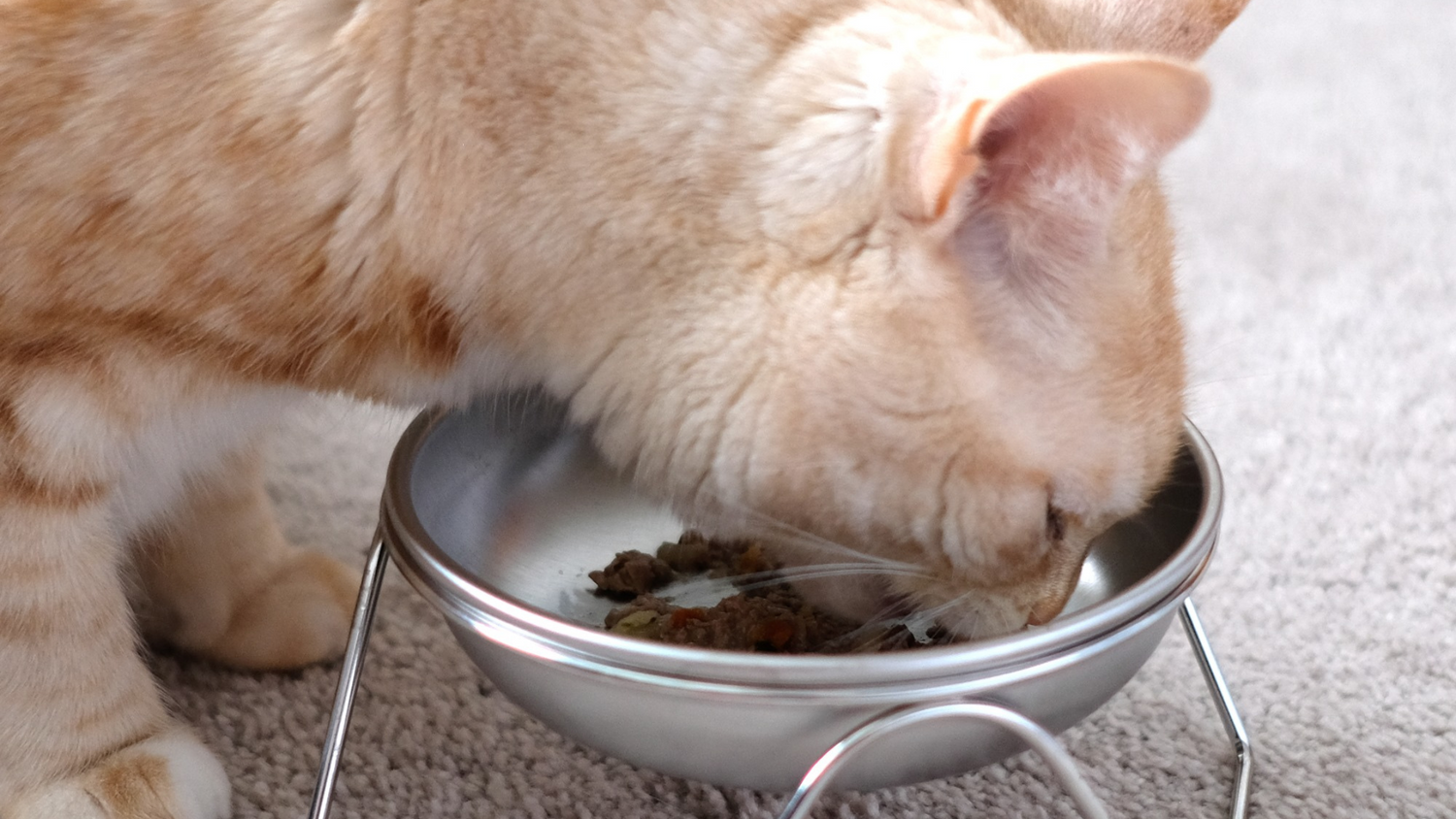As a dog owner, it can be concerning to notice pus on your dog’s private parts. This can be a sign of an underlying health issue that needs to be addressed. In order to properly care for your furry friend, it’s important to understand the possible causes of pus in this area.
Bacterial Infection
One of the most common causes of pus on a dog’s private parts is a bacterial infection. This can occur when bacteria enters the urinary tract or reproductive organs, leading to inflammation and the production of pus. Bacterial infections can be caused by a variety of factors, including poor hygiene, immune system deficiencies, or underlying health conditions.
Urinary Tract Infection
Urinary tract infections (UTIs) can also result in pus on your dog’s private parts. UTIs occur when bacteria enter the urinary tract and begin to multiply, leading to discomfort and irritation. In addition to pus, symptoms of a UTI may include frequent urination, straining to urinate, and blood in the urine.
Reproductive Issues
Issues with the reproductive organs, such as the uterus or prostate, can also lead to the production of pus in your dog’s private parts. Conditions such as pyometra (a uterine infection) or prostatitis (an inflammation of the prostate) can cause pus to be present. These conditions require immediate veterinary attention to prevent further complications.
Foreign Body
In some cases, the presence of pus may be the result of a foreign body becoming lodged in your dog’s private parts. This can lead to irritation, infection, and the production of pus. It’s important to carefully monitor your dog’s behavior and seek veterinary care if you suspect a foreign object may be the cause.
Allergies
Allergies can manifest in a variety of ways in dogs, including in their private parts. Allergic reactions can lead to inflammation and the production of pus in this area. It’s important to identify and address any potential allergens that may be causing the reaction, such as certain foods, environmental factors, or products used for grooming.
Conclusion
It’s essential to take notice of any changes in your dog’s private parts, including the presence of pus. By understanding the potential causes of this issue, you can better advocate for your dog’s health and seek appropriate veterinary care when needed. Whether it’s a bacterial infection, urinary tract issue, reproductive concern, foreign body, or allergy, addressing the root cause promptly is key to ensuring your dog’s well-being.
FAQs
How can I prevent pus on my dog’s private parts?
Preventing pus on your dog’s private parts involves maintaining good hygiene, providing a balanced diet, and seeking regular veterinary care. Keeping the area clean and dry, providing access to fresh water, and staying up to date on vaccinations can help prevent certain infections and issues.
When should I seek veterinary care for pus on my dog’s private parts?
If you notice pus on your dog’s private parts, it’s important to seek veterinary care as soon as possible. This can help identify the underlying cause and prevent further complications. Additionally, if your dog is exhibiting other symptoms such as discomfort, pain, or changes in behavior, prompt veterinary attention is crucial.
Can I use over-the-counter products to treat pus on my dog’s private parts?
It’s best to consult with a veterinarian before using any over-the-counter products to treat pus on your dog’s private parts. The underlying cause of the issue needs to be properly addressed, and using the wrong products can potentially make the situation worse. Your veterinarian can provide guidance on the most appropriate course of action.
why does my dog have pus on his private
When you notice that your dog has pus on its private parts, it can be a cause for concern. Pus is typically a sign of infection, and it’s important to understand the underlying causes so that you can provide the necessary treatment for your furry friend. There are several potential causes for pus on a dog’s private parts, including bacterial or fungal infections, allergies, and underlying health conditions. It’s crucial to identify the specific cause in order to effectively address the issue and prevent it from recurring.
One common cause of pus on a dog’s private parts is a bacterial infection. Bacteria can enter the urinary tract or reproductive organs, leading to inflammation and the production of pus. This can be the result of poor hygiene, a weakened immune system, or an underlying health condition. Additionally, female dogs are more prone to developing urinary tract infections due to their shorter urethras, which allows bacteria to enter more easily.
Another potential cause of pus on a dog’s private parts is a fungal infection, such as a yeast infection. Yeast thrives in warm, moist environments, making the genital area an ideal breeding ground. Dogs with skin folds or excessive skin in the genital area are particularly susceptible to developing yeast infections. Common symptoms of a yeast infection include redness, itching, and the presence of pus or discharge.
Allergies can also lead to pus on a dog’s private parts. Dogs can develop allergic reactions to a variety of substances, including food, environmental allergens, and chemicals. Allergic reactions can cause inflammation and irritation in the genital area, which may result in the production of pus. Identifying and addressing the underlying allergen is essential in treating the issue and preventing future flare-ups.
In some cases, underlying health conditions can contribute to the presence of pus on a dog’s private parts. Conditions such as diabetes and Cushing’s disease can weaken the immune system and make dogs more susceptible to infections. Additionally, hormonal imbalances or tumors in the reproductive organs can lead to the development of pus. It’s important to consult with a veterinarian to rule out any underlying health issues and determine the best course of action.
Inadequate grooming and hygiene practices can also contribute to the development of pus on a dog’s private parts. Poor hygiene can create an environment that is conducive to the growth of bacteria and fungi, leading to infections and the production of pus. It’s essential to keep your dog’s genital area clean and dry, and to regularly check for any signs of infection.
Treatment for pus on a dog’s private parts will depend on the underlying cause. In many cases, antibiotics or antifungal medications may be prescribed to address the infection. It’s important to follow your veterinarian’s recommendations for treatment and to monitor your dog’s condition closely. Additionally, addressing any underlying health issues or allergies is crucial in preventing the recurrence of the problem. Keeping your dog’s genital area clean and dry, and maintaining good overall hygiene practices, can also help to prevent infections and the production of pus. If you notice pus on your dog’s private parts, it’s important to seek veterinary attention promptly in order to effectively address the issue and ensure your dog’s well-being. why does my dog have pus on his private








